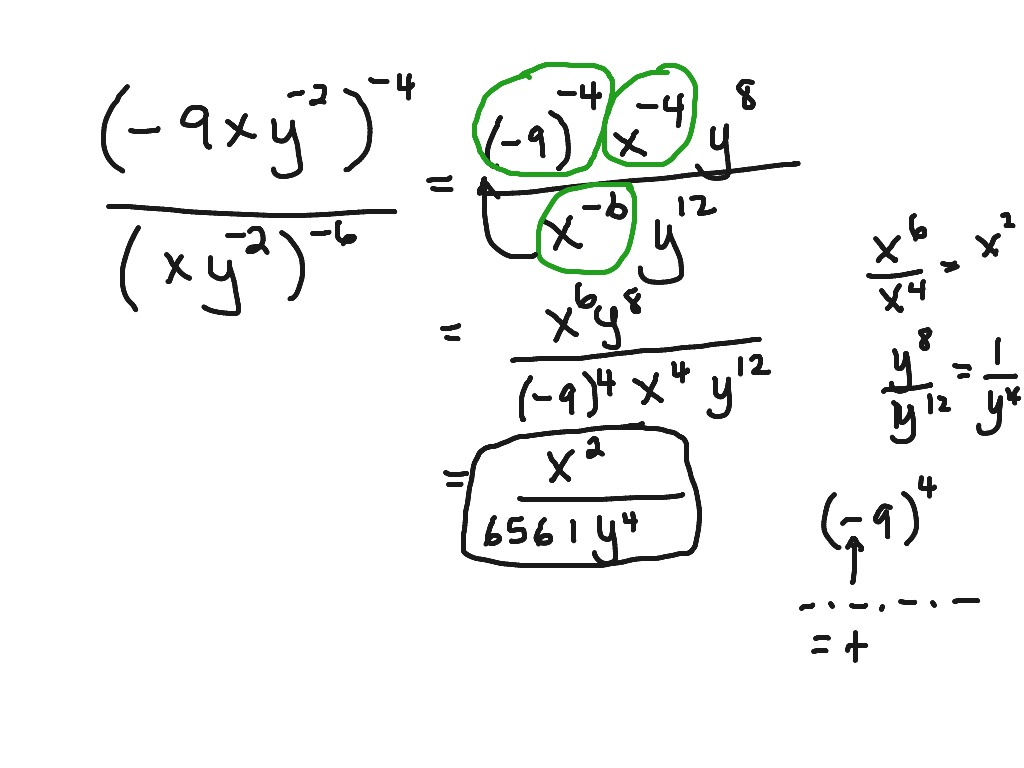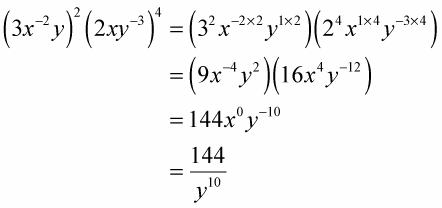

When multiplying two exponents with same powers and different bases, the bases are multiplied.

Here, exponents are same as 4 but bases are different that’s are 3 and p. Here, exponents are same as 5 but bases are different that’s are 5 and 2. The law of multiplication of a powers with different bases but same exponents. Then multiply 3 by itself 2 times (3 x 3 = 9 is the answer.Įxample: (2 x 2 x 2 x 2 x 2 x 2 x 2 x 2 x 2)/(2 x 2 x 2 x 2 x 2 x 2 x 2) In this equation the value of both bases same as three, and the exponents are 5 and 3. The rule states that any nonzero number raised to a negative power equals its reciprocal raised to the opposite positive power. When exponents have same base, we subtract the exponents. Power of a power rule with negative exponents Multiplying a positive and a negative value. When dividing two bases of the same values, then subtracts the exponents and keep bases remains same. Secondly, take the reciprocal of the base and raise it to. In this equation the value of both bases are same as a, so subtract the exponents (m – n). When dividing two bases of the same value, keep the base same, and then subtract the exponents.

Then multiply 3 by itself 6 times to get the answer.

The rule about multiplying exponents when the bases are the same is to add the. Here, the base values are same as three, so keep them same and add the exponents (2 +4), so the addition of exponents are (2 + 4 = 6). Every non-negative number Rational Exponents The numerator of a. Here, the base values are same as a, so keep them same and add the exponents (m+n) together. When multiplying two bases of the same values, then exponents are added together and keep bases remains same. Raising a number to a negative exponent isnt much different than raising a number to a positive exponent. RULE: A number with a negative exponent can be written as a positive reciprocal with a positive.
#Negative exponent rule reciprocal how to
When a number repeatedly multiplied by itself, multiple times is known as Exponent.įoe example: p raised to q means that p is multiplied by itself q times.Įxample: 5³ means multiply 5 by itself three times.Įach rule of exponents shows how to add, subtract, multiply and divide exponents and how to solve different type of equations. Negative Exponents are Positive Reciprocals.Huh 1. It is said the base is raised to the power of the exponent.In this chapter, we will study about law of exponent.


 0 kommentar(er)
0 kommentar(er)
